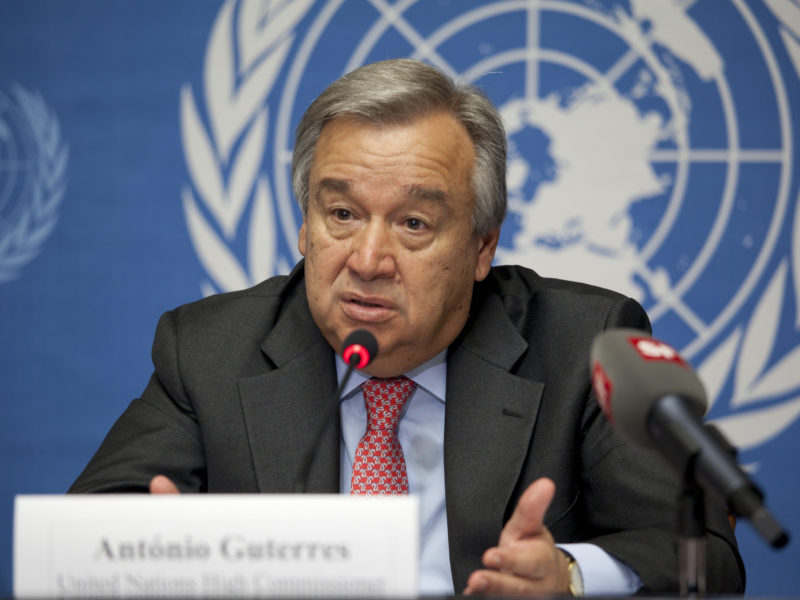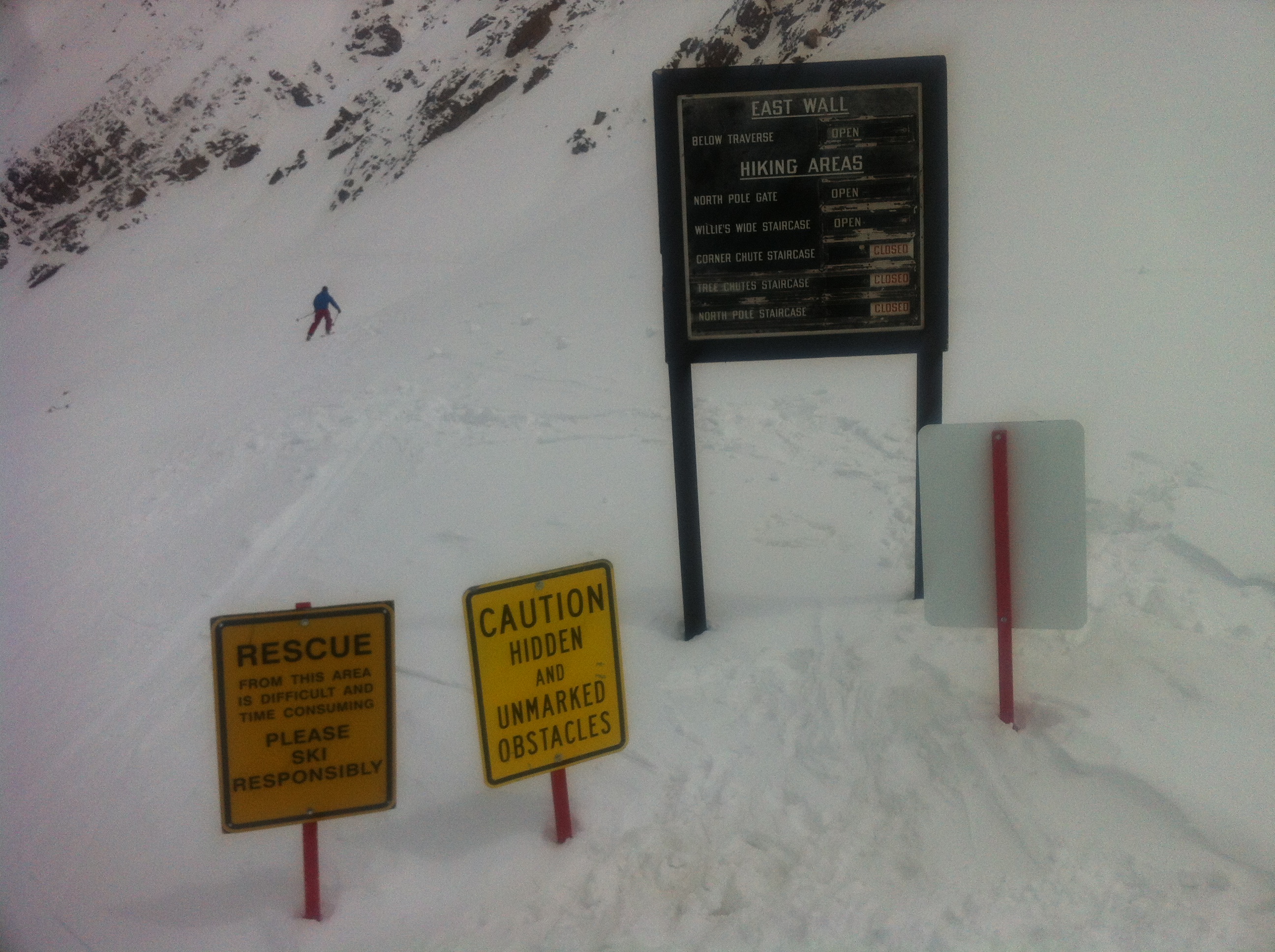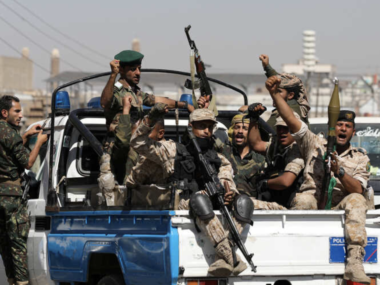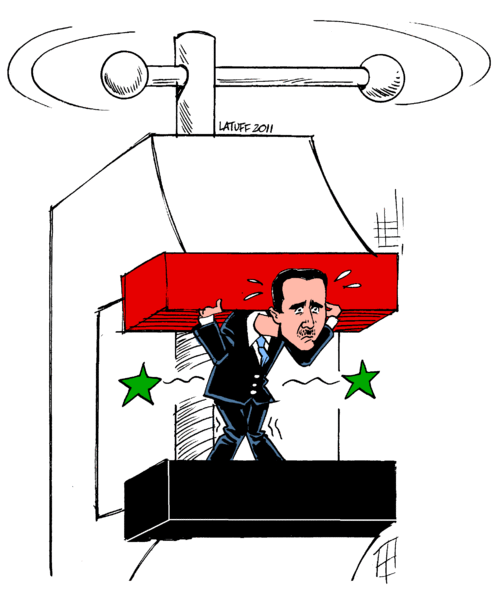By Timothy Sisk
It is time to face up to the worrying implications of COVID-19 for armed conflict, even though there is little guidance from history or scholarship on such an extraordinary pandemic. Will COVID-19, as a common, existential enemy to all, lead to peace as the world collectively reflects on its shared humanity? Or will the devastating economic and social consequences of the crisis lead to conflict—a “pandemic” of violent extremism, riots, terror, jihad, attacks on minorities, or civil wars?
So far, the shocking pandemic has brought a dampening of conflict in war-torn countries such as Libya, Syria and Yemen, where international mediators are seeking to leverage the virus’s mortal dangers to convince parties-in-conflict from trying to kill one another. “The fury of the virus illustrates the folly of war,” United Nations (UN) Secretary-General António Guterres said on March 23 while calling for a worldwide humanitarian pause in conflict in the wake of the pandemic. “End the sickness of war and fight the disease that is ravaging our world,” he added.
Over time, however, there is reason to worry about the far-reaching economic and social consequences of COVID-19. From all we know, the pandemic will deeply worsen the putative root causes of armed conflict: unemployment, inequalities, social stigma, and distrust of state institutions are all strong predictors of prolonged violence, as Guterres has insightfully warned. These effects demand international humanitarian and political responses from the UN at a time when the organization is ill-equipped to engage in expansive conflict prevention, peacemaking, or sustaining peace agreements.
Armed conflict and disease burdens: What we know
Over the long term, armed conflict has devastating consequences on health outcomes. One of the strongest findings is that armed conflict worsens or exacerbates disease prevalence both in and around the conflict area. The effects of fighting and displacement, for example, increase vulnerability to cholera, meningitis, and Rift Valley Fever in South Sudan. Armed conflict also has devastatingly long-term effects on overall health outcomes, as Hazem Adam Ghobarah, Paul Huth, and Bruce Russett have shown. Other research has explored how social polarization and fear of others, community rumors, and distrust in the state in conflict-affected contexts can prolong, or lengthen the “tail” of infectious diseases and prevent effective international and local responses.
The COVID-19 crisis has observers reaching for their Albert Camus on the “existential isolation” effects of the bubonic plague, or that dusty history lesson on World War I and the 1918 influenza pandemic. But prior pandemics do little to illuminate our understanding of contemporary conflict vulnerabilities emanating from this pandemic. More recent research has evaluated the relationship between HIV prevalence and armed conflict, and the work of Doctors without Borders fighting Ebola in the conflict zones of eastern Democratic Republic of Congo.
The lessons are clear: violent conflicts exacerbate the spread of and lengthen disease burdens, which prevents sustained, effective local and international responses in conflict epicenters, which in turn affects conflict-vulnerable communities. For this reason, there is deep concern at the UN about the spread of COVID-19 in conflict-affected countries, particularly those in which the world’s 25 million refugees and 45 million internally displaced persons are mostly found. UNICEF Director-General Henrietta Fore has said that 250 million children are at risk in conflict-affected countries: “While the fighting continues,” she said, “so does COVID’s march on vulnerable children.”
Does disease reduce conflict?
But does disease dampen or exacerbate conflict? Much less is known about the potential direct and indirect effects on armed conflict of an unprecedented pandemic such as COVID-19. So far, the pandemic has spurred UN mediators—special envoys or representatives of the Secretary-General—to facilitate cease-fires. In Libya, UN Undersecretary-General for Political and Peacebuilding Affairs poignantly remarked: “If anyone, incredibly, still needed a reason to stop the fighting there, this is it.” The UN is motivated by credible analysis suggesting that, if conflict continues, the direct and indirect effects (such as displacement), could put millions of lives are at risk in Libya and other conflict zones. Moreover, there is good historical experience of cease-fires-for-vaccine-campaigns, for example during the El Salvador conflict in the 1980s and 1940s where the Pan-American Health Organization facilitated one-day truces—“days of tranquility”—for vaccine campaigns for polio, diphtheria, whooping cough, tetanus, and measles.
When the coronavirus struck in early 2020, the world was already a horribly violent place. The Uppsala Conflict Data Program clocked 78 armed conflicts in 2019, and conflict has been generally on the increase since 2007. Other measures, such as progress monitoring of UN Sustainable Development Goal 16, which calls for advancing “just and peaceful” societies, have been lagging. And for years, organizations that monitor democracy and civil rights have been sounding alarm bells about “autocratization,” or growing despotic rule, and a global trend of increased discrimination against minorities and indigenous peoples.
Will fear of COVID-19 reduce conflict? If COVID-19 contributes to peace, as former Secretary-General Ban ki-Moon has argued it might, it may be in three ways.
First, fear of the disease may alter the microdynamics of participation: that is, individuals may reassess why they are fighting. And if everyone is a potential source of infection, belligerents may end up as afraid of each other as they are of the enemy. Social distance and military operations are deeply antithetical. Still, the sheer complexity and variation of internal dynamics within, say, non-state groups suggest that case-by-case analysis is most important in understanding whether the disease threat will weaken, or strengthen, groups.
Second, the diversion of resources towards fighting the pandemic may lead to a reduction in military mobilizations. So far, the tendency has been for militarized groups to quickly morph into humanitarian assistance providers—gangs are delivering groceries, and rebels are demobilizing to care for families. From the Taliban in Afghanistan to drug cartels in the Americas, there are reports that armed non-state actors have provided COVID-related aid and health care.
Third, UN calls for cease-fires appear to have, at least initially, had dramatic resonance. The Christian Science Monitor reports that responses to Guterres’ call for peace have been well-received: in 12 countries protagonists of various types have agreed to a pause conflict to allow for humanitarian relief, from the Philippines to Colombia. Whether mediators can transform cease-fires into comprehensive settlements in the protracted, regionalized wars of Libya, Syria, and Yemen, or in frozen conflicts such as Ukraine, is another matter.
Does disease exacerbate conflict? Why we should worry
Over the horizon, the time is here to seriously worry about COVID-19’s effects on the future of armed conflict. As underlying economic and social “root cause” conditions of conflict worsen in the wake of the pandemic, an entire host of new armed conflicts could rapidly emerge. For individuals, scholars point to the profound effects of social isolation on changing family. Isolation may already be a risk factor for antisocial behaviors among young adults.
At a more collective level, most of what we know about the underlying causes and escalation dynamics of armed conflict suggests we are deeply vulnerable to new conflicts over the medium and long term. Youth unemployment is a major risk factor. A “reserve army of the unemployed” is more easily recruited into violent groups, particularly in hard-hit urban informal settlements. The breakdown of social safety nets, either from the state or from civil society, may also provide opportunities for extreme non-state actors to fill the void.
The UN is already warning about the effect of virus-containment policies on widening inequality and the disproportionate effect on minorities and vulnerable groups, including and especially the physical security of women and girls.
Especially serious is the rise in stigma. Fernando de Varennes, UN Special Rapporteur for Minority Issues, said this: “COVID-19 is not just a health issue; it can also be a virus that exacerbates xenophobia, hate, and exclusion.” Already, Asians, Africans, Hispanics, and immigrants have been victimized and blamed for the disease, provoking condemnation by the UN’s Office of the High Commissioner for Human Rights. The Minority Rights Group’s Peoples Under Threat 2019 report echoes these concerns, pointing to the nefarious effects of social media on escalating violence against vulnerable populations. Threats to minorities are most acute places like Syria, Somalia, Afghanistan, Myanmar, Iraq, the Democratic Republic of Congo (DRC), and India. In India’s Gujarat state, Muslim-minority COVID-19 patients were allegedly discriminatorily separated.
Over the horizon, too, other effects of COVID-19 are cause for concern. One is limited access to populations in conflict zones, a problem that has plagued global efforts to eradicate polio. The crisis may also embolden autocrats and drive social unrest and rebellions. Human Rights Watch has already expressed concern that governments may use the crisis to expand surveillance or prevent oppositions from mobilizing.
A final and serious risk is that the global crisis will turn societies inward, such that armed conflicts no longer elicit robust international responses to keep them contained, or to sustain peace agreements. The resources needed to fight the disease will divert the ability and the will of states to contribute to the UN, regional organizations, humanitarian assistance, and peacekeeping—the very things that led to the significant reduction in armed conflict in the proverbial post-Cold War era (1989-2011). Cedric de Coning shows how UN peacekeeping capacities have already been challenged by COVID and that current and future missions will need to adjust to the “new reality, with new risks and new needs.”
With the UN hampered by ideological disdain from head-in-the-sand member-state populist elites and budget and cash-flow woes like it has never experienced before, the world body is ill-prepared for post-COVID-19 peacemaking and peacekeeping. As the UN conducts a review of its peacebuilding “architecture” in 2020—due to be presented in a new Secretary-General’s report—the expected effects of COVID-19 on conflict should help inform ways the UN’s response mechanisms to armed conflict can be strengthened to meet the worrying challenges ahead.






